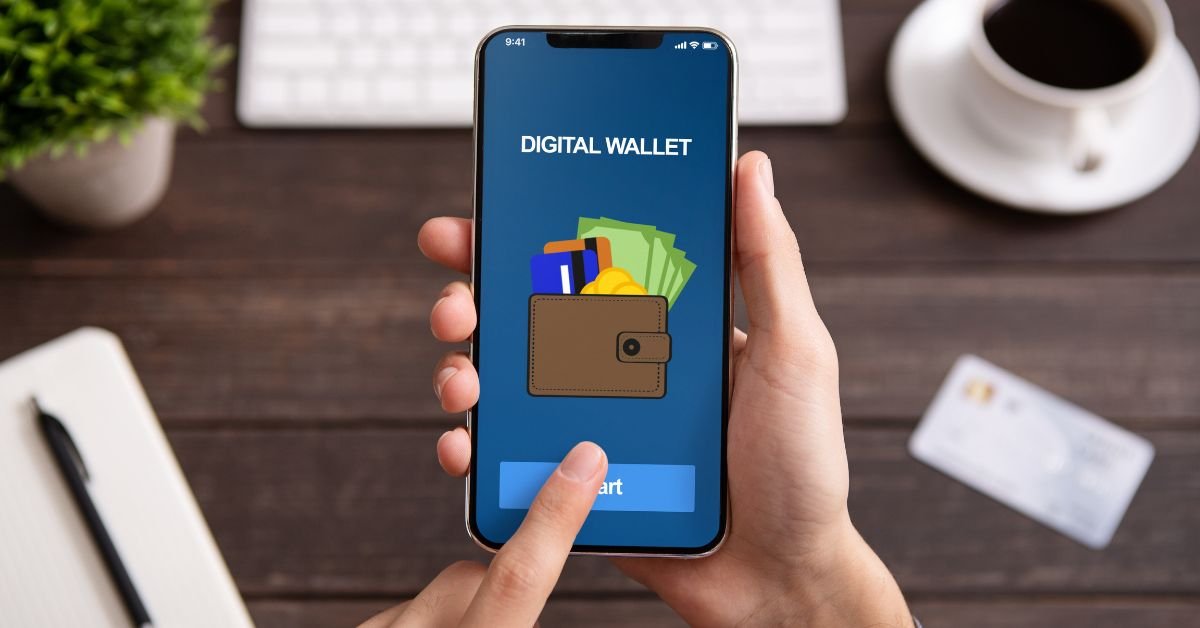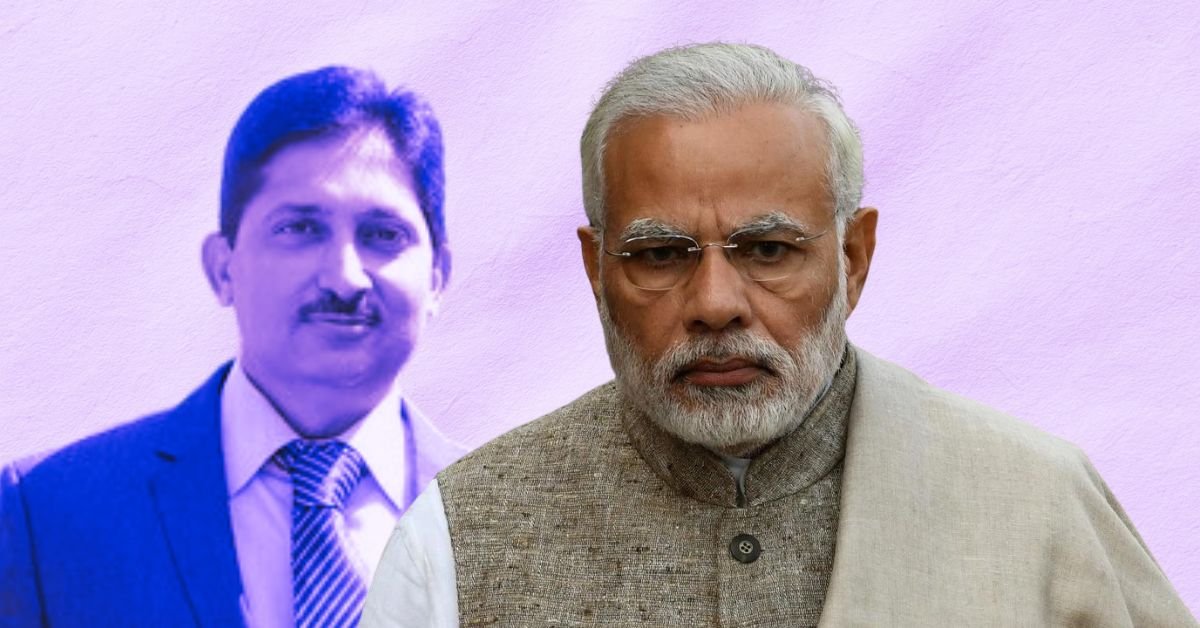Table Of Contents
Hey there, folks!
At THOUSIF Inc. – INDIA, we have been diving deep into fintech for years, helping people navigate the ever-changing landscape of digital payments.
If you are like us, you have probably got a phone full of apps for everything from ordering food to paying bills, and your digital wallet is right at the center of it all.
In India, where cashless is king, choosing the right one can make your life much easier.
Today, we are tackling a big question: Which Indian fintech company offers the best digital wallet in 2025?
We will break it down based on real-world use, recent updates, and user comments, keeping things straightforward and fun to read.
Thanks to innovations like UPI (Unified Payments Interface), India’s fintech scene has exploded, which lets you send money instantly without fumbling for cash or cards.
Back in the day, around 2016, when UPI launched, it was a game-changer.
Fast-forward to 2025, and we expect over 130 billion UPI transactions by year’s end, which is mind-blowing growth!
However, with so many options, how do you pick?
We will focus on the heavy hitters: Paytm, PhonePe, and MobiKwik.
These are homegrown (or heavily localized) fintech stars that dominate the market.
We will pull in fresh insights from the latest trends, like AI integrations and regulatory shifts, to give you the whole picture.
Let us start with a quick overview before we dive into the details.
These wallets are not just for storing money; they are ecosystems for payments, investments, and even insurance.
Paytm has been around the longest, PhonePe leads in sheer volume, and MobiKwik is carving out a niche with innovative features.
But which one is “best”?
It depends on what you need: speed, rewards, or flexibility.
We will use tables to compare apples to apples because who does not love a good chart to make decisions easier?
The Evolution Of Digital Wallets In India
Let us rewind a bit to understand why these wallets matter in 2025.
Digital wallets started as simple prepaid accounts where you loaded money and spent it online or at stores.
But with UPI’s rise, they’ve evolved into super-apps.
UPI, managed by the National Payments Corporation of India (NPCI), allows instant bank transfers without sharing account details.
It is like magic, but secure.
In 2025, the market is booming.
The India digital wallet market hit around USD 17.60 billion last year and is growing at 14.20% annually.
Why?
More smartphones, better internet in rural areas, and post-pandemic habits sticking around.
Prepaid cards and wallets will reach $81.65 billion this year alone.
PhonePe and Paytm handle a massive chunk of UPI volumes, with PhonePe edging ahead at times.
MobiKwik, while smaller, is gaining ground with innovative twists like AI-powered payments.
Trivia Time: Did you know that Google Pay, though popular, will be used by over 54% of Indian consumers for mobile payments in 2025? However, since we’re focusing on Indian fintech, we’ll stick to the locals; it is all about supporting homegrown innovation!
Now, let us get into the nitty-gritty of each player.
Paytm: The Pioneer That Is Still Evolving
Paytm, run by One97 Communications, has been the face of digital payments in India since 2010.
Remember those blue QR codes everywhere?
That is Paytm.
In 2025, it is not just about surviving regulatory hurdles but thriving.
Recent updates show retail shareholding dipped to 9.07%, but mutual funds are buying in, signaling confidence.
The company won a big regulatory battle in August, boosting its stock by 13.25% year-to-date.
They are consolidating subsidiary stakes for better control, and Vijay Shekhar Sharma is back in the mix.
What makes Paytm’s wallet stand out?
It is a full prepaid setup with up to ₹10,000 balance for mini-KYC users (and more for full KYC).
You can do UPI transfers, pay bills, book tickets, invest in mutual funds, and even buy gold.
Cashback rewards are generous, especially on utilities and recharges.
NFC support for contactless payments and voice commands via integrations adds that futuristic touch.
However, it is not all smooth.
Past data privacy issues led to scrutiny, and app glitches during peak times can frustrate users.
Still, with 337 million+ users, its merchant network is unbeatable, think rural shops to big malls.
Here is a table breaking down Paytm’s key features in 2025:
| Category | Details | Benefits | Drawbacks |
|---|---|---|---|
| Core Payments | UPI, QR scans, wallet reloads up to ₹10,000 | Instant, no fees for P2P | Occasional downtime during high traffic |
| Additional Services | Bill payments, ticket bookings, investments | One-stop shop for finances | Higher fees on some credit card loads |
| Security | RBI-compliant, two-factor auth, biometric locks | Peace of mind | Past breaches raised concerns (now addressed) |
| Rewards & Incentives | Cashback on recharges, loyalty points | Saves money over time | Rewards vary by partner |
| User Base & Reach | 337M+ users, nationwide merchants | Widely accepted, even in small towns | Competition from faster UPI apps |
Paytm’s strength is its ecosystem.
If you like everything in one app, from paying your electricity bill to investing in stocks, this is your go-to.
Recent moves like partnering for more banking services show that Paytm is adapting to 2025’s demands, where users want seamless integration with everyday life.
PhonePe: The Speed Demon Dominating UPI
PhonePe, backed by Walmart and part of the Flipkart group, has skyrocketed since 2016.
In 2025, it is the UPI king, with 85 million new users joining this year alone and a 76% retention rate.
They processed the highest transaction volumes in May, often neck-and-neck with Google Pay.
Updates include a revamped UI/UX for faster navigation, digital-first Udyam assist for small businesses, and zero-fee P2P transfers.
NPCI’s new rules from August, like 50 daily balance checks, apply here, but PhonePe handles them smoothly.
The wallet is UPI-focused, with an optional prepaid balance.
Features include instant recharges, insurance buys, gold investments, and merchant QR codes.
It is killer for offline POS acceptance, meaning you can tap and pay at stores without hassle.
No reloads needed for most UPI stuff, which keeps things simple.
Downsides?
The wallet is secondary to UPI, so look elsewhere for heavy storage.
Customer support is solid, but with 600 million+ users, wait times can creep up.
Check out this comparison table for PhonePe’s 2025 offerings:
| Category | Details | Benefits | Drawbacks |
|---|---|---|---|
| Core Payments | UPI primacy, optional wallet, no-fee transfers | Lightning-fast, user-friendly | Limited standalone wallet storage |
| Additional Services | Recharges, insurance, and gold buys | Broad utility beyond payments | Fewer investment options than rivals |
| Security | Advanced encryption, fraud alerts | High trust factor | Relies heavily on bank linkages |
| Rewards & Incentives | Cashback on bills, loyalty programs | Attractive for frequent users | Promotions can expire quickly |
| User Base & Reach | 600M+ users, strong offline network | Dominant in urban and rural areas | Intense competition in the UPI space |
PhonePe shines if speed is your priority.
Imagine scanning a QR at a street vendor and paying in seconds, no PIN fumbling.
Their focus on privacy and seamless UPI without extras makes it ideal for everyday people who want reliable payments.
MobiKwik: The Nimble Innovator With AI Smarts
MobiKwik, from One MobiKwik Systems, is the underdog punching above its weight in 2025.
With 108 million+ users, it is diminutive but feisty.
Recent updates include investing ₹10 crore in its fintech arm, unveiling AI-powered forex services, and “Say to Pay” for voice-activated transactions.
Stock-wise, shares rallied 48% in September but dipped 6% later—volatile but promising.
They are streamlining EPF changes like centralized pension payments, making it great for salaried users.
The wallet features Pocket UPI (pay without bank links), bill splits, mutual funds, and loyalty points.
It is flexible for unbanked people and has low fees and substantial utility rewards.
The weak spots are the smaller merchant network and slower support.
However, it is a gem for niche needs like investments tied to payments.
Here is a detailed table for MobiKwik:
| Category | Details | Benefits | Drawbacks |
|---|---|---|---|
| Core Payments | Prepaid wallet, Pocket UPI, low-fee transfers | Great for offline or unlinked use | Not as instant as pure UPI apps |
| Additional Services | Bill splits, mutual funds, forex AI | Innovative for investors | Limited ticket booking options |
| Security | Biometrics, RBI compliance, AI fraud detection | Cutting-edge protection | A smaller scale means less tested |
| Rewards & Incentives | Cashback on utilities, points system | High value for regulars | Fewer partners than big players |
| User Base & Reach | 108M+ users, growing merchant ties | Niche appeal in investments | Weaker rural penetration |
MobiKwik is perfect if you are into tech-forward features.
Voice payments?
AI forex?
It is like having an intelligent assistant in your pocket, convenient for travelers or investors.
Head-To-Head Comparison: Paytm vs. PhonePe vs. MobiKwik
To make choosing easier, let us stack them up in tables.
First, a high-level market overview based on 2025 data:
| Company | Market | Base | Growth |
|---|---|---|---|
| Paytm | ~20-25% | 337M+ | Steady, post-regulatory recovery |
| PhonePe | ~40-45% | 600M+ | Highest, 85M new users |
| MobiKwik | ~5-10% | 108M+ | Rising with AI features |
Now, features side-by-side:
| Feature | Paytm | PhonePe | MobiKwik |
|---|---|---|---|
| Wallet Balance Limit | ₹10,000 (mini-KYC) | Optional, UPI-focused | Flexible prepaid |
| UPI Integration | Full | Primary | Pocket UPI |
| Rewards | Cashback, points | Cashback on bills | Loyalty points, utilities |
| Investments | Mutual funds, gold | Gold, insurance | Mutual funds, forex |
| Unique Perk | Vast merchant network | Speedy offline POS | AI voice payments |
| Fees | Low on P2P | Zero on many | Minimal overall |
And pros/cons for quick scanning:
| Company | Pros | Cons |
|---|---|---|
| Paytm | Comprehensive ecosystem, rural reach | Past glitches, scrutiny |
| PhonePe | Fastest UPI, high retention | Secondary wallet focus |
| MobiKwik | Innovative AI, flexible for the unbanked | Smaller network, volatile stock |
From user chatter (without naming sources), Paytm gets love for its all-in-one vibe but flak for occasional lags.
PhonePe is praised for reliability, “it just works,” while MobiKwik wins points for fresh features like voice pay, appealing to tech-savvy crowds.
Future Trends And What To Watch In 2025
Looking ahead, digital wallets are getting smarter.
Expect more AI for personalized rewards, better integration with wearables, and stricter RBI rules on security.
UPI’s new limits (like 25 daily account views) push apps to optimize.
PhonePe might pull further ahead with Walmart’s muscle, but Paytm’s recovery and MobiKwik’s innovations could shake things up.
Market growth to USD 51 billion by 2033 means more competition, but these three are poised to lead.
If you are picking one, consider your lifestyle.
Are you a daily commuter?
PhonePe.
Are you an investor?
MobiKwik.
Are you an all-rounder?
Paytm.
Wrapping It Up
There you have it, a deep dive into India’s best digital wallets from THOUSIF Inc. – INDIA.
In 2025, Paytm will edge out PhonePe as the overall champ for its versatility, but PhonePe’s speed and MobiKwik’s smarts make strong cases.
Whichever you choose, go for RBI-compliant apps and enable security features.
We hope this helps you go cashless with confidence.
If you enjoyed this, swing by our site for more fintech insights.
We have articles on everything from crypto trends to personal finance tips.
What is your favorite wallet?
Drop a comment below!






